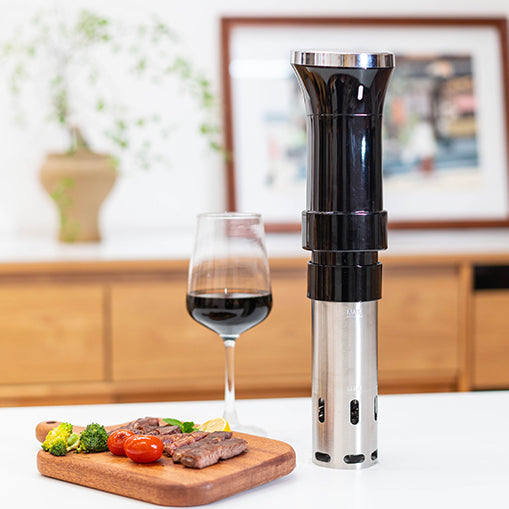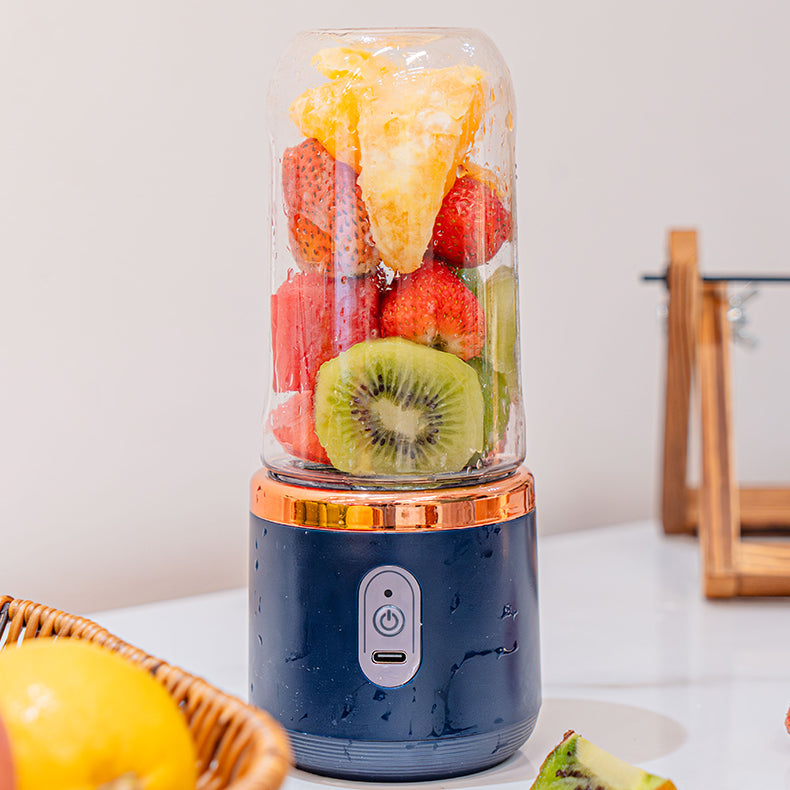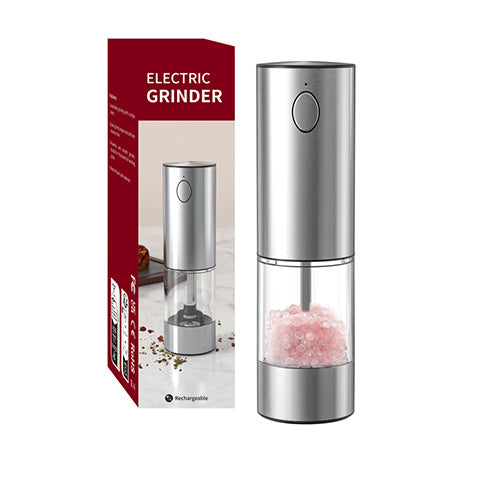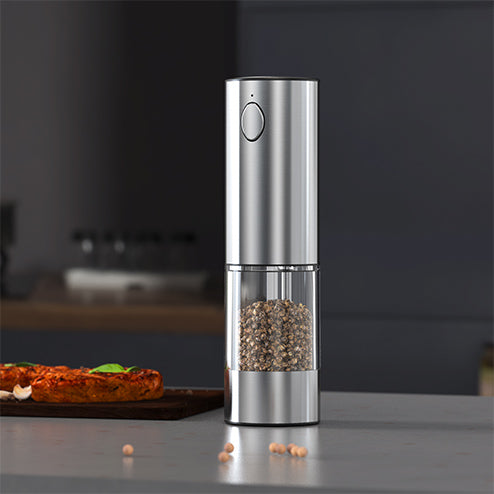Coffee, with its rich aroma and invigorating effects, is preferred by many people around the world. However, not everyone seeks the caffeine boost that comes with a typical cup of coffee. For those sensitive to caffeine or looking to enjoy coffee without the jitters, decaf coffee is the perfect alternative. This article explores the fascinating decaffeination process, uncovering how to make decaf coffee. We'll delve into the origins of decaf coffee, examine four common decaffeination methods, and discuss how these processes impact the flavor of your brew. Keep reading to learn more!

What Is Decaf Coffee and Its Origination?
Decaf coffee, short for decaffeinated coffee, is coffee that has had most of its caffeine content removed. Typically, a cup of decaf coffee contains about 3 milligrams of caffeine, compared to the 70 to 140 milligrams found in a regular cup of coffee. This makes it an attractive option for those who enjoy the taste and ritual of coffee but wish to avoid the stimulating effects of caffeine, as coffee may cause some health concerns such as insomnia, anxiety, and hypertension.
How is decaffeinated coffee made initially? The origination of decaf coffee dates back to the early 20th century. In 1903, Ludwig Roselius, a German coffee merchant found the process accidentally after a shipment of coffee beans became soaked in seawater during transit. Roselius found that the caffeine had been removed without significantly altering the flavor of the beans. Building on this discovery, he developed the first commercial decaffeination process using benzene, a chemical solvent. While effective, this method raised health concerns and has since been replaced by safer, more modern techniques.
Today, the decaffeination process involves several methods that are both safer and more effective, such as the Solvent Method, the Swiss Water Process, the Carbon Dioxide Method, the Sugarcane Process and so on. Each method has its own advantages and drawbacks, affecting both the efficiency of caffeine removal and the preservation of the coffee’s flavor profile. But how do they make decaf coffee? Let's explore these methods in the following section.
4 Common Methods on How to Decaffeinate Coffee
The technique used to decaffeinate coffee significantly influences both its health aspects and taste. Here are four common methods on how decaf coffee is made, along with their advantages and drawbacks.

1. Solvent-Based Process
The Solvent Method is a common technique for how are coffee beans decaffeinated. In this process, coffee beans are first soaked in water to dissolve the caffeine. Then, a solvent such as methylene chloride or ethyl acetate is used to extract the caffeine from the water. The beans are then rinsed thoroughly to remove any solvent residues. This method is effective in removing caffeine while maintaining much of the coffee's original flavor.
Pros:
- Efficient in extracting caffeine.
- Preserves much of the original flavor of the coffee beans.
Cons:
- The use of chemical solvents raises health and environmental concerns, although most of the solvent is removed before consumption.
- Some people may detect a chemical residue in the flavor.
2. Swiss Water Process
The Swiss Water Process is a chemical-free method that relies solely on water to remove caffeine. Coffee beans are soaked in hot water to dissolve the caffeine, then the water is passed through a charcoal filter which captures the caffeine molecules. The flavor-rich, caffeine-free water (known as Green Coffee Extract) is then reintroduced to the beans for reabsorption of flavors and oils. This method is popular for those wondering how does coffee become decaf without the use of chemicals.
Pros:
-100% chemical-free and certified organic.
- Maintains the coffee’s original flavor and complexity.
Cons:
- More time-consuming than chemical methods.
- Can be more expensive due to the intricate processing required.
3. Carbon Dioxide Method
In the Carbon Dioxide Method, coffee beans are exposed to compressed CO2 that acts as a solvent to dissolve and extract caffeine. This method is highly efficient and can preserve the beans' delicate flavors. It is particularly effective for removing caffeine from large quantities of coffee, which makes it a preferred method for mass production. This technique illustrates what makes decaf coffee decaf while ensuring minimal loss of flavor.
Pros:
- Highly effective at removing caffeine while keeping the flavor intact.
- The CO₂ used is recycled and reused within the system, making it an environmentally friendlier choice.
Cons:
- Requires expensive equipment and is generally used for larger batches, making it less accessible for smaller producers.
-The high energy consumption for maintaining supercritical conditions.
4. Sugarcane Process
The Sugarcane Process, also known as the Natural Decaffeination Method, utilizes ethyl acetate derived from sugarcane as the solvent. This process is similar to the traditional solvent method but uses a naturally occurring solvent, making it more appealing to those seeking a natural decaffeination method. It effectively removes caffeine while imparting a slight sweetness from the sugarcane, offering a unique profile to decaf coffee.
Pros:
-Ethyl acetate is a naturally occurring compound in fruits and vegetables, making it a more natural solvent choice.
- Typically cheaper than other organic solvents.
Cons:
- Though naturally derived, processing with ethyl acetate can still leave behind flavor changes.
- Similar environmental and health concerns as other solvent-based methods, although generally perceived as safer.
The Impact of Decaffeination on Coffee Flavor
Though the primary aim is to remove caffeine, the decaffeination process can also affect other aspects of coffee's sensory profile. Here’s how decaffeination alters the taste of coffee.

- Flavor Depth:Decaffeination may reduce the perceived depth of flavor, affecting the intensity of both sour and bitter notes.
- Aroma Complexity:Some volatile compounds responsible for aroma might be lost during certain decaffeination processes.
- Acidity and Body:The perceived acidity and the body of the coffee can be diminished, leading to a smoother but less vibrant cup.
- Chemical Residue: Solvent-based methods might leave trace amounts of chemicals, which can slightly alter the coffee’s flavor.
Conclusion
Decaf coffee provides a unique experience, maintaining the essence of coffee while omitting caffeine. By understanding how does decaf coffee work, consumers can make informed choices that suit their taste preferences and health needs. While decaffeination can slightly alter the flavor profile, advancements in techniques continue to improve the taste experience.









